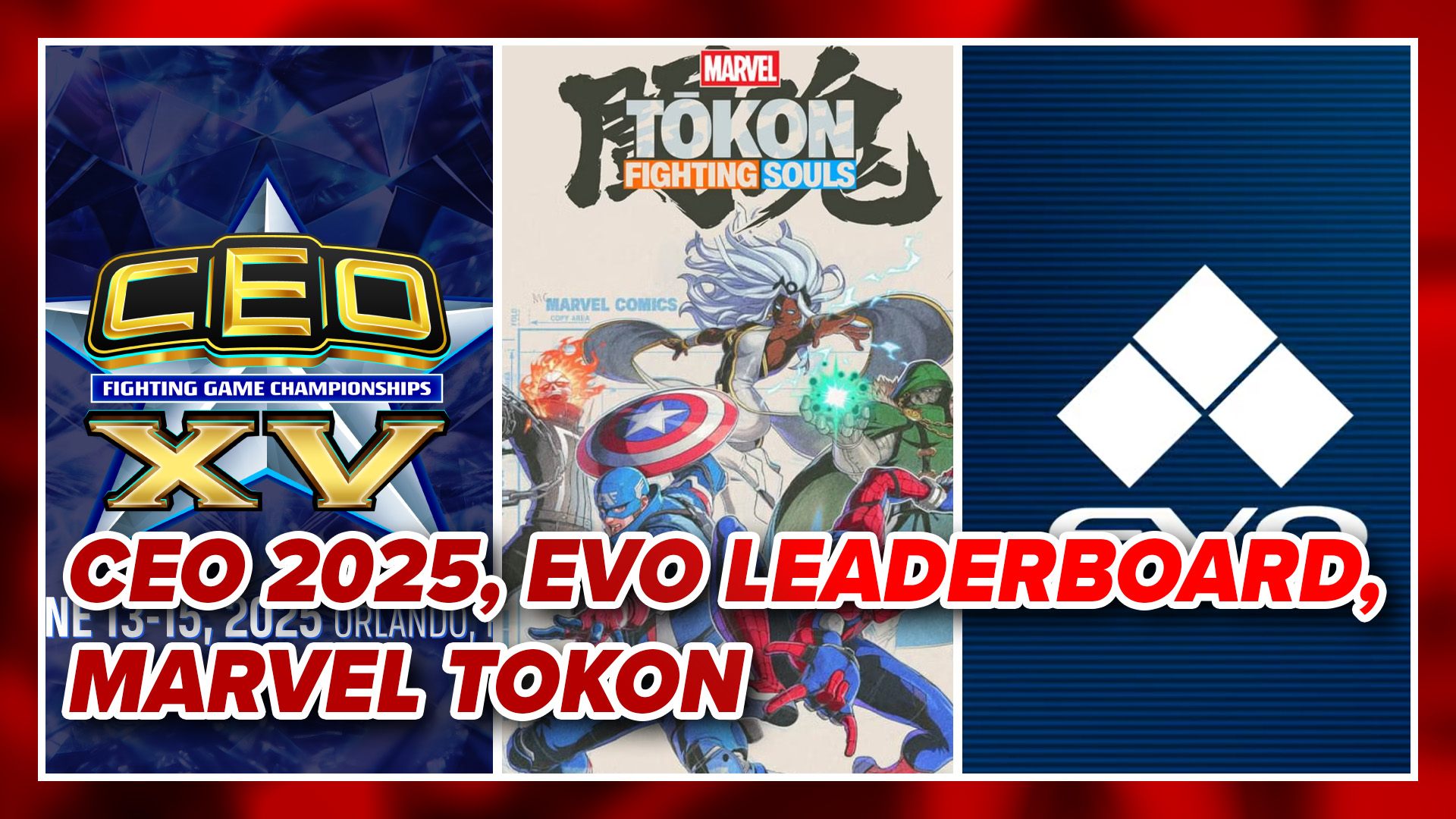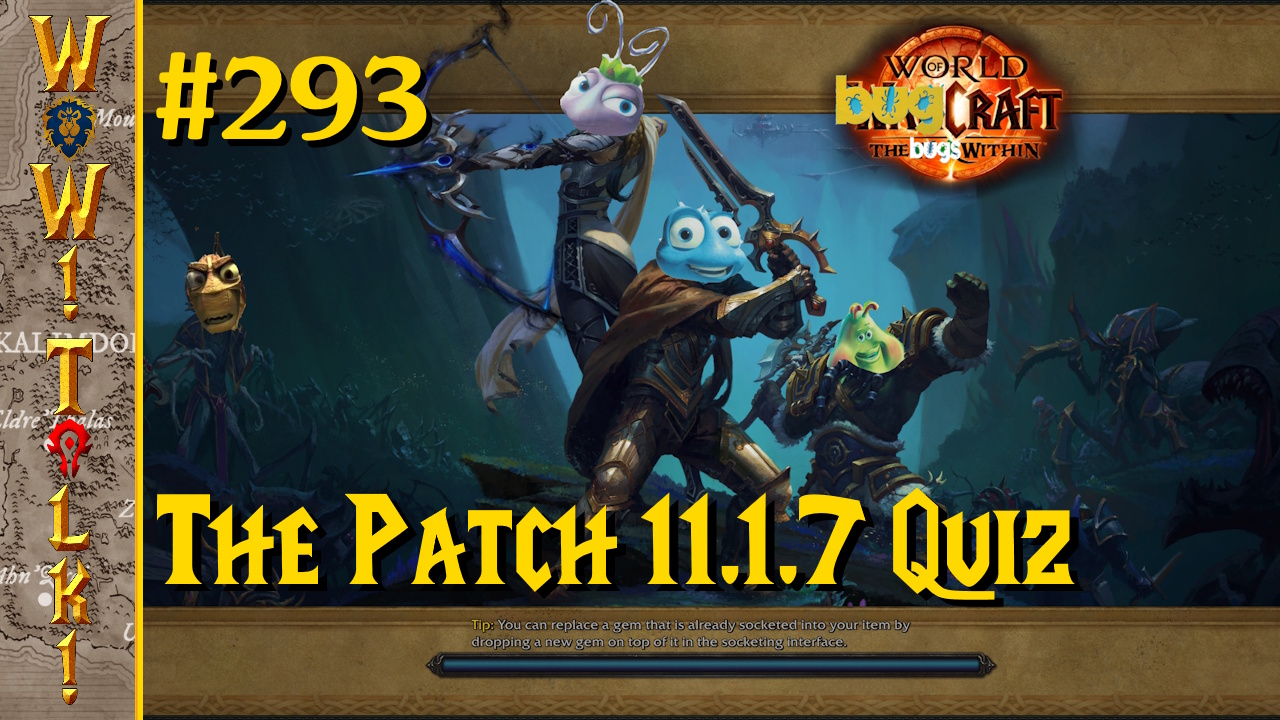Fighting games have had a hard road, if you look back in history. Let’s go back an take a brief history lesson in the world of fighting games to the pinnacle point. Karate Champ (by Technos Japan) in 1984 is credited (per Wikipedia) as the first game that made fighting games (defined as a game that pits players one-on-one fight) a mainstream choice for entertainment in the arcades. This would influence games among the ages as years would pass until 1987 when Capcom debuted Street Fighter to the world. Sure, you could only play as either Ryu or Ken, but what was important was 3 different moves:
For those not in the know, the “Hadouken” (quarter-circle forward + punch button, QCF+P) is the fireball projectile technique. The “Shoryuken” (forward, down, down-forward + punch. DP+P, DP to mean “Dragon Punch”) being his rising dragon punch uppercut maneuver. Lastly, “Tatsumaki Senpukyaku” (quarter-circle back + kick, QCB+K) being his famed hurricane kick motion. These three hallmark moves of Ryu would be the foundation of the modern day fighting game, not because of the depiction from the character performing them, but it would be the underlying commands that allow you to perform those moves that would be important. The commands would later be expanded in games like Street Fighter Alpha/Zero and King of Fighters. Systems and mechanics would get more complex with games like Super Street Fighter IV, Guilty Gear Accent Core, and Blaz Blue of current day fame. (Don’t even get me started on 3D fighting games, that’s a creature of it’s own.)
So, why the history over the first instances of special attack commands? It is important as those commands make it essential for you to perform certain maneuvers. Botch a motion and you’re a sitting duck. See a window of opportunity, but forget to hit the correct button? Your chance to counter an opponent for major damage ends up being missed. In games like these, precision is important. Lack there-of or just botching move/combo one after another will just get you killed in games. It doesn’t matter if the game is Street Fighter, Tekken, Soul Caliber, Blaz Blue, etc. The essence that precision wins the game is the ultimate hallmark. The other stuff such as chip damage, psychological games, frame counting, concepts of invincibility frames are all more technical details if you plan to break into tournaments. (Tournaments and tournament play are a discussion for another time.)
We arrive at the steak and cheddar mashed potatoes portion of the argument: Controller vs Arcade Stick, which is superior? I bring this up because when I was watching/reading some of the Evolution 2010 coverage some of the top players were controller wielders! One of the big controller wins were Vance “Vangief” Wu in the Super Street Fighter II Turbo HD Remix tourney defeated Justin Wong with Zangief using a controller. Keep in mind, it was the Mad Catz Fight Pad controller with a bulging battery pack and known for terrible reliability from the wireless dongle to boot. This defeat plus the eternal argument of “The pad holds you back, the stick will improve your game!” have made for a divide in the fighting community.
I admit, in my past I was a home pad-player and an arcade junkie. I loved playing fighting games at the arcade while sending innocent quarters to the slaughter. At home with my family when I was a kid there was no point in me killing my meager allowance for a peripheral that and my parents would have murdered me for blowing $200+ on a controller. The disadvantage would be that in short sessions, I could become extremely proficient at the arcade version of a game, but on going home, the skill just wouldn’t translate well. To make matters worse, in the era of 16-bit through 32-bit, game code transition was never ever perfect. The only exception being the Sega Saturn and the imported copies of games that required the RAM card made for a near 1:1 arcade-to-home experience. The Virtua Stick that was marketed by Sega was thankfully reasonable when it was sold at $69.99. The issue for the Saturn was that imported hits were terribly costly. Not a problem if you had cash, but if you didn’t, you were stuck/suffered with a less than arcade experience at home. Arcades would flourish in this era, but much like the Saturn predicament, money determined how much play time you got.
We then move into the current era where residential internet speeds are quick and fast as well as the “death” of the arcade scene. Gaming consoles are stronger than ever now. Replicating the arcade experience is even more affordable to boot. Games on home consoles are essentially replicas of their arcade cabinets if not better with the ability to unlock bonuses as well as online play! No longer do you have to buy a sack of tokens and wait for an opponent to challenge you in a crowded arcade. You can pop on your choice of PlayStation Network, Xbox Live, or Wii Connect and search around the online world to find an opponent! Along with the token restraint gone is the ability to have “endless” battles with your friends in private lobbies without worrying about people hassling for a turn. Combined with voice chat headsets, it’s almost like having your friends in your living room gathered around your own arcade cabinet. Even with this being said and done, there are still players who prefer using a pad over an arcade stick.
Some readers who are arcade stick fanatics (I imagine) are probably throwing their arms up in the air and going “WTF?!” Even more so considering that “starter” arcade sticks from Hori or Mad Catz range from $30 – $60 before shipping depending on sales/promotions. Eligible “entry” level sticks being a Hori Fighting Stick 3 (PS3), Hori Fighting Stick EX2 (x360), or a Hori Wii Fighting Stick. The low prices are definitely friendly to those who want a taste of arcade replication in the home for:
1) Those considering modifying their cheap budget stick later on… (Which may entail some custom work that may involve a soldering iron)
2) Those thinking about build your own stick. (Starting at $150-ish for a quality build with wonderful advice from the Shoryuken forums)
3) Those on the fence about buying a quality made one.
Of course, building or buying a quality stick is something to think of while you’re playing around with your entry level stick of choice. The benefits of building or buying a quality stick rests in the name of 2 big name arcade part suppliers: Sanwa and Semitsu. With parts from either company in a quality/built arcade stick, you are pretty much guaranteed 1:1 arcade replication in your console of choice for your game of choice. Skills are “sold”/learned separately of course. But as with all things, they do take practice. Of course with an arcade stick, it will offer high precision for those tricky moves that take a little more finesse than just mashing random buttons mixed with random commands. Add in that should you want a different joystick gate from the selections of a square (tournament grade), octagonal, or circle shapes. For true tournament/arcade replication, the gate should be square to be authentic to the feel of a real arcade cabinet of their game of choice. The joystick can be highly favorable to those who are a little more picky on their preferences.
The control pad interface is a different animal as it is the default interface of the console of choice. However companies like Mad Catz and Hori also make controller pads that are more optimized for the fighting game player shy of the arcade stick. The pad player may stick with a pad for the rationale that “The system came with it and the game was tested to work with it, why bother buying a peripheral limited to a few genres?” I will concede that certain characters are FAR more advantageous with use of a controller with a d-pad versus a joystick in certain cases. Case in point below from Street Fighter IV and Blaz Blue: Calamity Trigger (click for enlargened images):
[nggallery id=17]
As you can see… Iron Tager (Blaz Blue) and Zangief (Street Fighter IV) have some maneuvers that require rotations of the joystick lever in circular directions. The means that the pad has an advantage here is the matter that with a tournament stick equipped with a square gate. As a novice may ride the entire square gate which may effectively make it slower to engage maneuvers requiring rotation of the joystick lever. Refer to the gate diagram from SlagCoin below to see what I mean:
A pad user, be they novice or hardcore, would be able to just swirl their thumb around the directional pad the indicated number of times equal to the degrees (360, 720, etc) and then hit the command buttons to execute the maneuver. An arcade stick user would have to practice with a square gate and learn that being gentle as well as the fact that they don’t have to ride the gate to execute the rotations. However, this point is null and moot should the stick user decide to swap in a circle or octagonal gate as they can ride the gate if they so wish. Although another disadvantage with some third-party pad controllers (especially the stock wireless ones) for fighting games is lag and delay from commands could make or break your game as discussed by Toodles and other community members on Shoryuken. (Note: The Xbox 360 models are only available as corded models. The reference to the wireless Mad Catz FightPad is with regard to the PlayStation 3 models.) A huge advantage of a pad player comes into mind that if they stop and play a quick game, they don’t have to adapt to a foreign arcade stick pattern or other odd variables they are not used to.
Now that you have seen both sides of the coin from my observations, some of you are possibly wondering what I use. I was the former pad player as my prelude to the article suggested, but it wasn’t until mid June of this year that I decided to embrace the way of the arcade stick. I ended up caving in and buying a Fighting Stick 3 for my PS3 for about $30. I won’t lie, I am still getting acquainted with it. Certain moves do trip me up big-time, but I have enjoyed (for the most part) knowing that my input commands are recognized almost perfectly. My only issue is that the default layout for the buttons can seriously cramp up my right hand badly. My tolerance ends up being pathetic after 20 – 50 minutes total play time (time spent by me in fights and matches) that it’s pure agony. I had a go on my best friend’s Mad Catz Street Fighter IV FightStick with the marvelous Taito Vewlix layout for the buttons at a get-together and the pain was nearly none at all. I know I am probably going to get a Vewlix layout stick in the future for sure because the Fighting Stick 3 has been enough of a taste and has made me want more out of my fighting game experience.
So, the verdict. I am sure you all have been waiting for this sweet moment! I feel there is no “wrong” way to play a fighting game, be it arcade stick or controller pad. I will have to agree with Henry Fung’s quote from his blog “Miserable Pile of Secrets“:
“The moral of the story is, as I’ve said before, only scrubs would still insist that the only way to get good is on a joystick. The actual top players find ways to win with whatever they are comfortable with.“
Really, if you’re not comfortable with playing a game and having fun, that ends up being a chore than a form of entertainment. I am not gonna be one to force guests who enter my home and command them “If we’re gonna play [insert fighting game here], then it will be on an arcade stick! No exceptions.” because that’s ludicrous! I will hold to my ideal of “Bring your joystick if you want, otherwise, I have PlayStation DualShock 3’s at my home.” I am also not going to enforce tight standards on opponents I face off against with shooting “Are you using a stick? […] No? Alright, I can’t fight you.” because that too is crazy talk! The key criteria being that YOU the user must be comfortable. At the same time, I will say try out an arcade stick and see if that proves to be more fun.
I welcome those who do want to talk-and-duel about my preferences to drop me a line on PlayStation Network if you want to play with me personally. Even more so if you’re a bit shy to fighting games and want friendly insight. I own Blaz Blue: Calamity Trigger, Super Street Fighter IV, and Marvel vs Capcom 2. I will also be picking up Blaz Blue: Continuum Shift this next Tuesday (7/27/2010). If you do choose to add/battle with me, do make a note that you’re a reader of Mash Those Buttons! Just fair warning… I do suck as I just play casually for fun and I am far from tournament caliber.
[Images are respectively credited to Aksys Games, Capcom, PlayStation, Microsoft, Hori, and SlagCoin]









